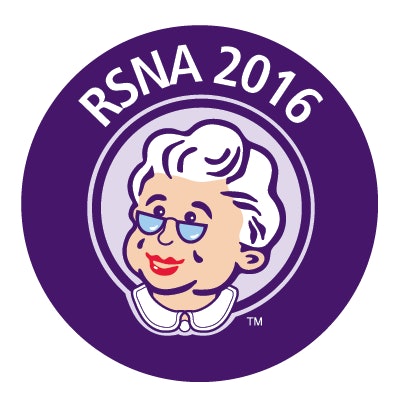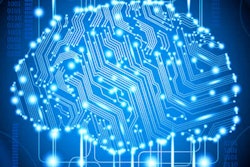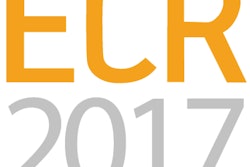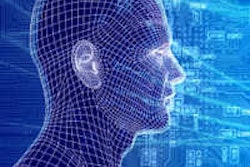
Machine learning in radiology is a hot topic these days, with some heralding its benefits -- such as its ability to handle more complex datasets than people can -- and others sounding the alarm, concerned that Watson will replace radiologists in the reading room.
Two presentations given on Monday at RSNA 2016 took the positive side of the debate, suggesting that machine learning could be a boon to breast imaging by offering an effective way to assess a woman's breast cancer risk and by reducing unnecessary biopsies.
Better risk analysis?
In the first study, researchers from the University of Chicago assessed whether machine learning could help determine breast cancer risk by recognizing what are called convolutional neural networks (CNNs) directly from mammography images instead of measuring breast density and parenchymal textures. CNNs are a category of neural networks that are effective for image recognition and classification.
Presenter Dr. Hui Li, PhD, and colleagues examined 456 digital mammography cases from two datasets of women: The first was 53 BRCA1- and BRCA2-positive patients and 75 unilateral cancer patients, while the second was 328 low-risk patients. Li's team compared direct image features extracted using preset CNNs with features taken from radiographic texture analysis. The group then used area under the curve (AUC) values to evaluate the two techniques.
Features taken from CNNs and those taken from radiographic texture analysis were comparable in performance when it came to distinguishing between BRCA carriers and low-risk women, with AUC measures of 0.83 for CNNs and 0.82 for texture analysis. However, CNNs performed better than texture analysis when it came to distinguishing between women with unilateral cancer and those at low risk, with AUC values of 0.82 and 0.73.
The findings bode well for using machine learning for breast cancer risk assessment, according to Li.
"Deep learning has potential to help clinicians evaluate mammographic parenchymal patterns for breast cancer risk assessment," Li concluded.
Cutting unnecessary biopsies
In another presentation, Karen Drukker, PhD, also of the University of Chicago, shared research that suggests machine learning could reduce unnecessary biopsies of microcalcifications found on mammography.
"There seems to be great potential for the application of deep-learning methods as an aid to radiologists in the analysis of medical images," Drukker told session attendees.
For the study, the researchers used a set of diagnostic mammography images of biopsy-sampled BI-RADS 4 and 5 lesions that had presented as microcalcifications in 107 patients. For each of the images, a radiologist marked a region of interest that contained the microcalcification; the data were then input into a deep-learning algorithm.
Of 107 women, 21 had breast cancer and 86 had benign lesions. At 100% sensitivity, 38 of the 86 benign biopsies could be avoided using the deep-learning algorithm, while 11 of the 86 could be avoided based on the radiologist's assessment of whether the lesion was malignant. In addition, the deep-learning method had 44% specificity, while the study radiologist had 13%.
"Reducing the number of unnecessary breast biopsies without loss in diagnostic sensitivity is an important step toward improved breast cancer diagnosis and cost reduction," Drukker noted.




















